According to Dubai Government’s Department of Tourism and Commerce Marketing (DTCM), in 2018 Dubai had 15,920,000 international visitors, spending an average of 3.5 nights per stay, and the hospitality sector enjoyed 76% average hotel occupancy. Over the decades, Dubai’s tourism sector has always performed better
Ever since the introduction of vacation homes in Dubai, Dubai’s hospitality sector has come a long way. Airbnb register counts over 20,000 properties, with nearly 11,000 active listings.
The notable aspect of the Airbnb catalog is that in 2018, out of the 11,000 listings, around 6,500 were independent homes / apartments, while more than 3,000 were private rooms. Shared rooms made up the rest of it.
The regulatory framework in Dubai, known as Decree No. 41 (2013), provides the essential regulations for the short-term rental segment. IN 2016 it opened up the opportunity, allowing individual owners to benefit as well.
DTCM is empowered by the Government of Dubai to issue legislations and instructions from time to time that govern Dubai’s tourism industry. Holiday Home Services are part of a suite of government regulations aimed at improving the offer of holiday homes as an accommodation option for Dubai’s visitors. Since the option to allow private homeowners to apply for a holiday home permit and start leasing their properties directly was introduced, the sector has seen significant growth.
Despite several other platforms, Airbnb continues to be the dominant player. According to the Knight Frank 2019 report here are some key indicators:
Key Stats of Airbnb 2018
| Total Properties | 20,395 |
| Active | 10,766 |
| Average Daily Rate (ADR) | 508 |
| Occupancy Rate | 46% |
| Hotel ADR | $171.32 |
| Hotel Occupancy Rate | 74.04% |
| Listings as % of households | 2% |
| Active Airbnb rentals as % of hotel rooms | 12.5% |
Room Wise Distribution
| Rooms | %age |
| 1 bedroom | 61% |
| Studio | 13% |
| 2 bedrooms | 17% |
| 3 bedrooms | 5% |
| 4 bedrooms | 5% |

Location
Location-wise, while the earlier supply was primarily in Dubai Marina, Palm Jumeirah, JBR, DIFC and Downtown Dubai, now there is a healthy supply in north of Za’abeel Park, east of Sheikh Zayed Road, as well as around Arabian Ranches and Barsha South districts.
Dubai Government’s Vision for Tourism Sector
Government of Dubai has a special section for the Holiday Homes sector that provides all necessary support that you can visit by clicking here.
Dubai Tourism has defined the Tourism 2022-25 Strategy to ultimately drive all players in the ecosystem towards a common goal: to make Dubai the most visited destination with more than 23 million visitors by 2025, in addition to being the most recommended city with the most repeat visitors.
This entails a stronger and even more urgent agenda to synchronise efforts in the delivery of five strategic pillars:
- Increase leadership across Core and Diversified markets
- Offer end-to-end and ‘Only in Dubai’ experiences
- Communicate the Dubai offering through personalised, data-driven marketing
- Further enhance our attractiveness as a Business Destination
- Deliver as one agile tourism ecosystem
Conclusion
All in all, Dubai’s holiday homes sector has shown growth and impressive returns for the property owners. With the continuing growth in Dubai as a tourist destination, and the economy continuing to perform well, the potential for investors remain positive.
Picture credit: Photo by pranjal srivastava from Pexels

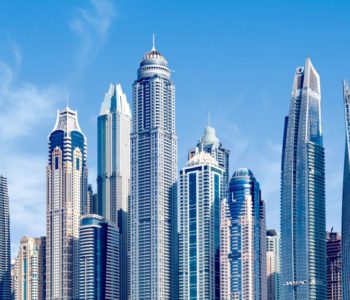
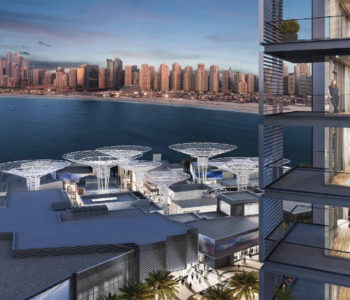
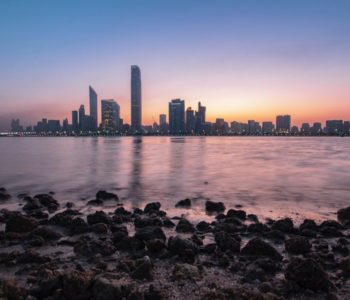

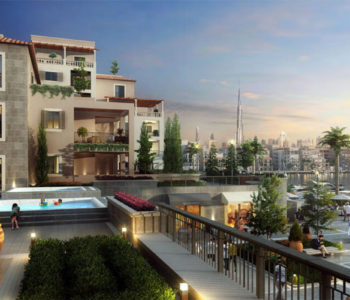
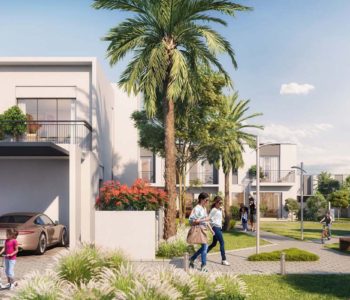
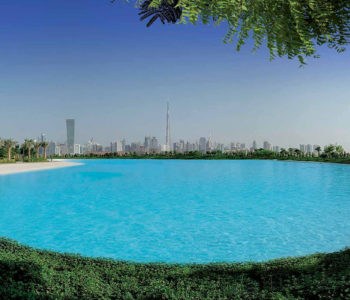
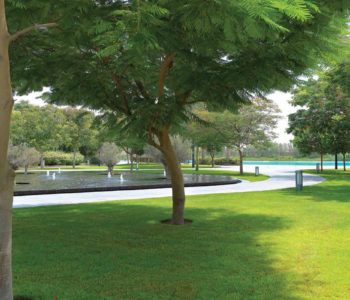
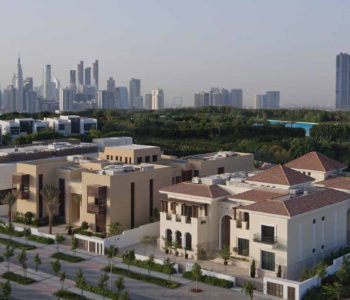
Comments are closed.